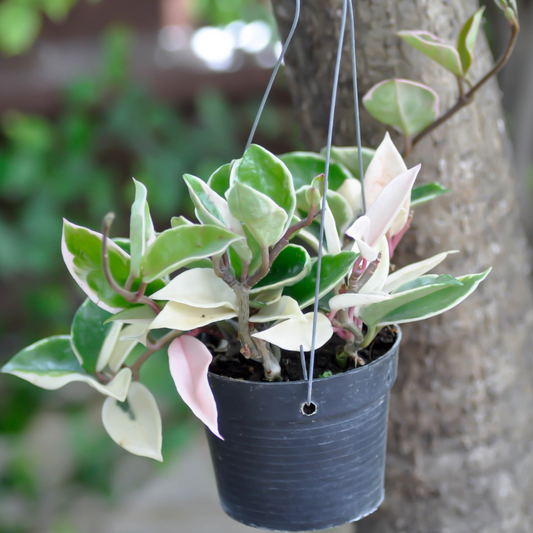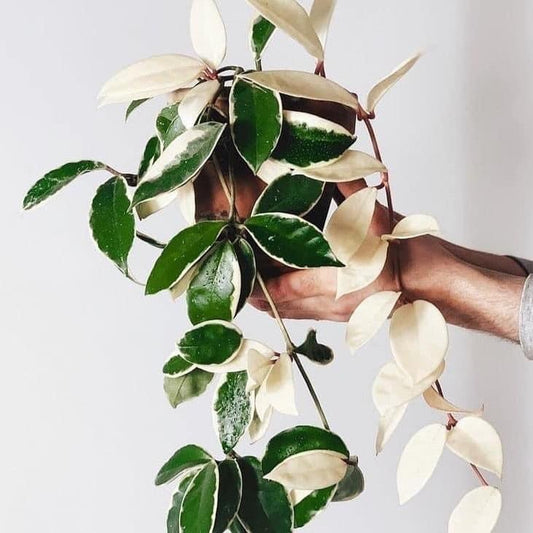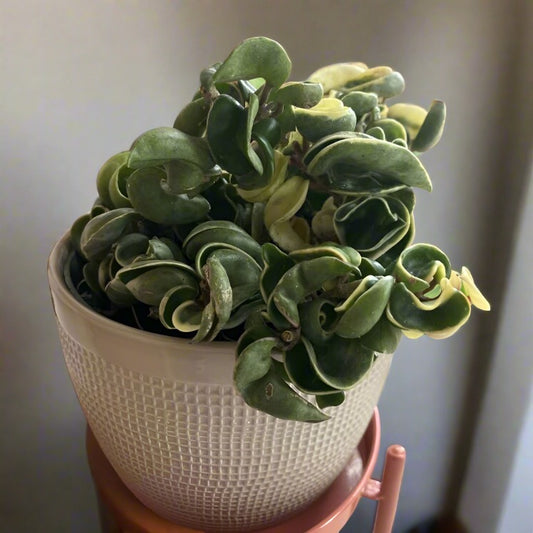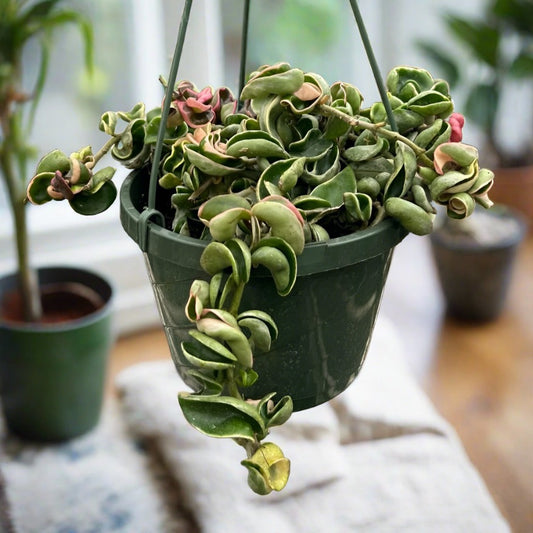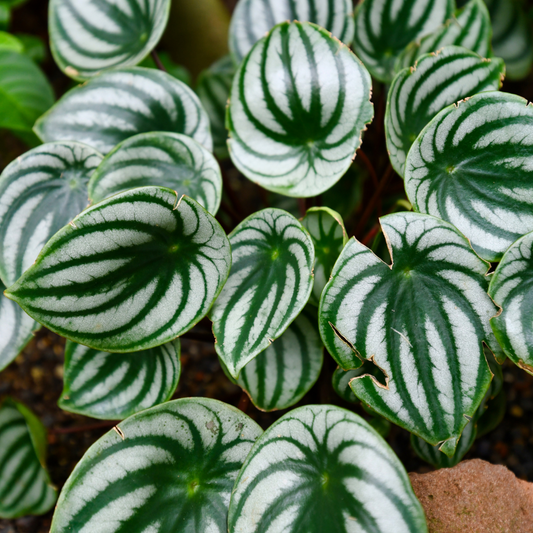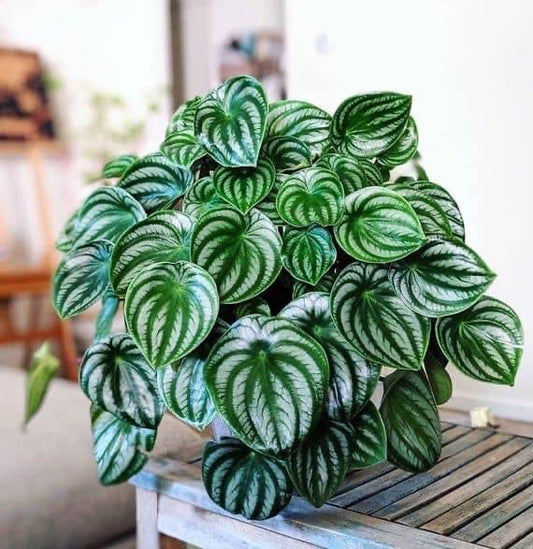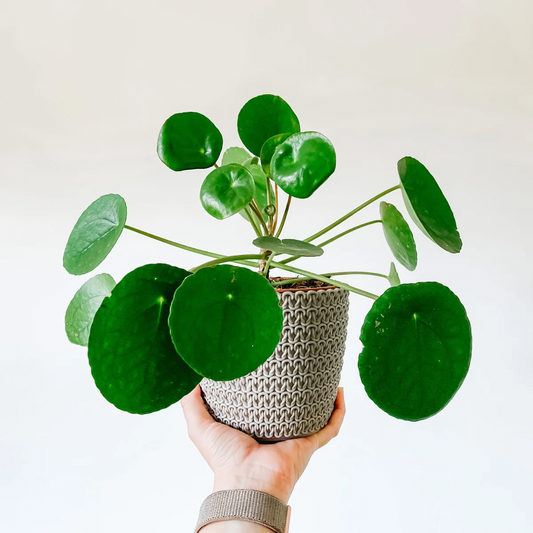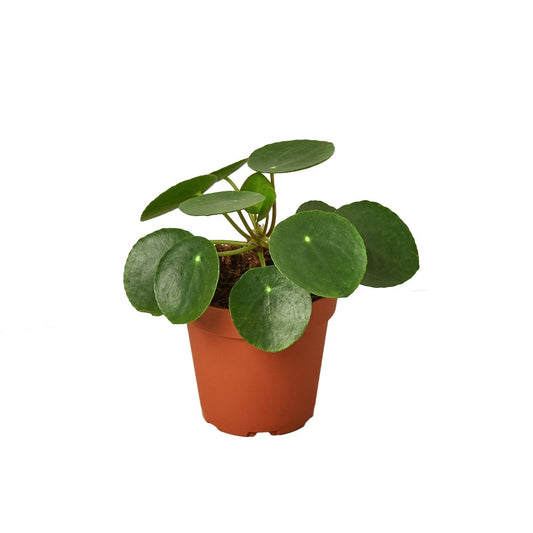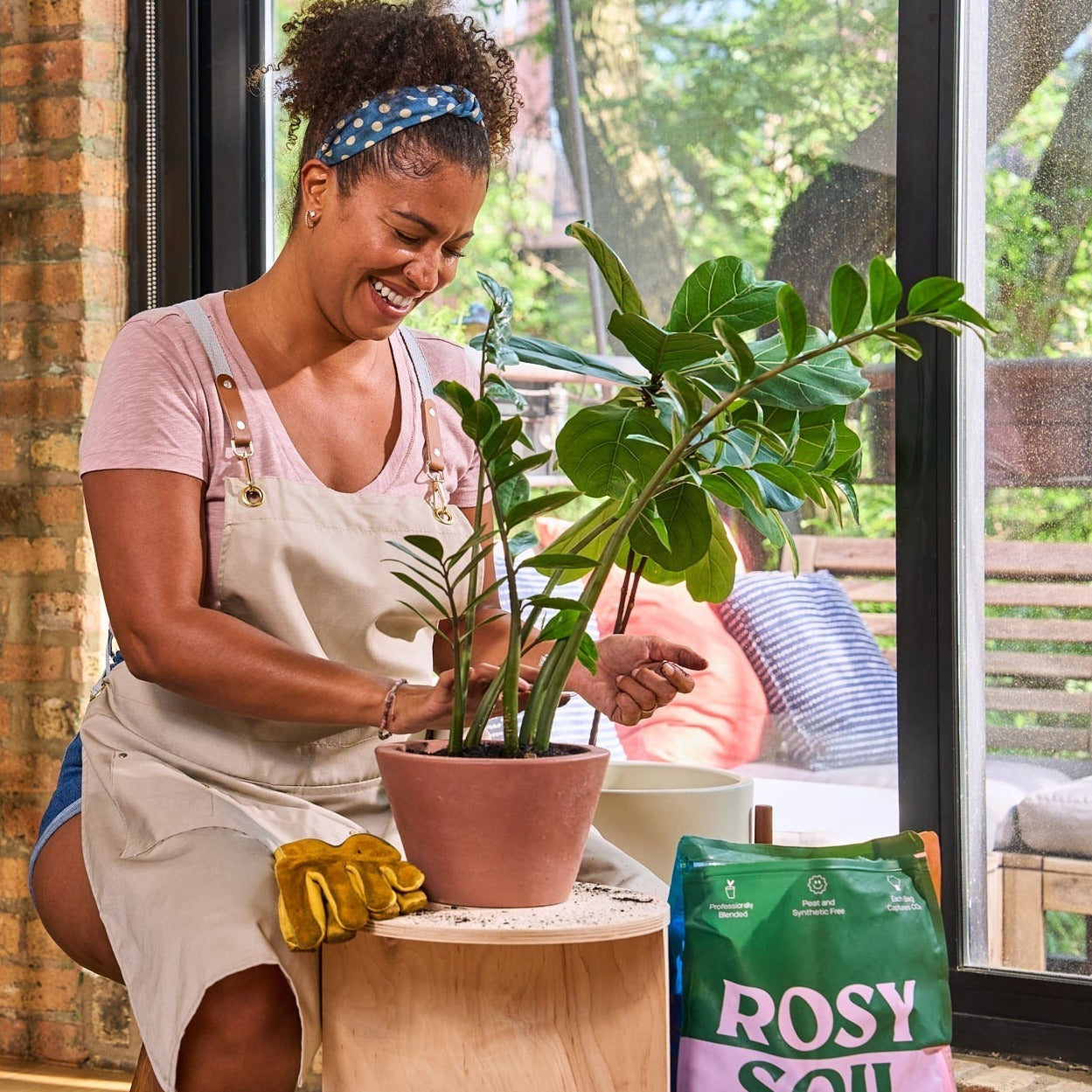So, you've embarked on your plant parenthood journey, and it's been a whirlwind of excitement and growth—both for you and your leafy green companions. You've probably read countless care guides, agonized over the perfect spot for each plant, and even had heart-to-hearts with your philodendron. But despite your best efforts, sometimes those little green guys just can't seem to articulate their needs. Is it too much water, too little, or just the right amount? Well, fear not, fellow plant parent, for we're diving into the age-old conundrum of deciphering whether your plant is overwatered or underwatered.

1. The Finger Test:
Imagine this: you're meeting a new friend, and the first thing you do is give them a good, firm handshake. Well, your plants have their own version of this—a finger test! Stick your index finger about an inch (2.5 cm) deep into the soil. If it feels dry, it's probably time for a sip. If it's still damp, hold off on the watering can. You can also invest in a moisture meter making checking the soil moisture a breeze.
2. The Wilting Woes:
Plants have feelings too, and they'll show you when they're not happy. If your plant's leaves are drooping and looking a bit sad, it could be both overwatering and underwatering. Confusing, right? But here's the trick: overwatered leaves usually feel soft and mushy, while underwatered leaves are crispy and dry. It's like plant Morse code.
3. The Drainage Dilemma:
Check the bottom of your plant's pot. Is there water pooling there after you've watered? That's a clear sign of overwatering. Your plant is essentially sitting in a little puddle, and nobody likes wet feet for too long—not even plants. On the flip side, if there's no excess water in the saucer, you might be underwatering.
4. Leaf Drop Drama:
Sometimes, your plant may dramatically drop a few leaves. It's their way of saying, "I object!" If it's dropping lower leaves, it could be overwatering. Higher leaves? Likely underwatering. They're like tiny, leafy activists, making their voices heard.
5. The Soil Savior:
Take a good look at your plant's soil. Overwatered soil tends to be consistently wet and may develop a moldy smell. Underwatered soil will be dry, crusty, and might even pull away from the pot's edges. Soil can tell tales, my friend!

6. Weighty Matters:
This one's for the seasoned plant parents. Get to know your plant's weight when it's properly watered. Lift the pot and get a sense of its weight. After some time, you'll notice a difference when it needs water. It's like a little weightlifting routine for your plants.
7. Watering Schedule Wisdom:
Lastly, remember that different plants have different needs. Succulents, for example, prefer to be on the dry side, while tropical plants like a bit more moisture. Research your plant's specific preferences and adjust your watering schedule accordingly.
Now, before we wrap up, let's address the elephant in the room—overwatering is a bit like the Netflix series you can't stop binge-watching. You know you should take it easy, but you just can't help yourself. Meanwhile, underwatering is like the gym membership you pay for but rarely use. You keep telling yourself you'll go more often, but life happens.
In the end, being a plant parent is a learning journey. You'll make mistakes, and that's okay. Your plants are forgiving, and with a little TLC and some humor, you'll become fluent in the language of leaves. So, observe, touch, and adjust. Your green buddies will appreciate your efforts, and together, you'll thrive in this leafy adventure called plant parenthood. Happy growing!



